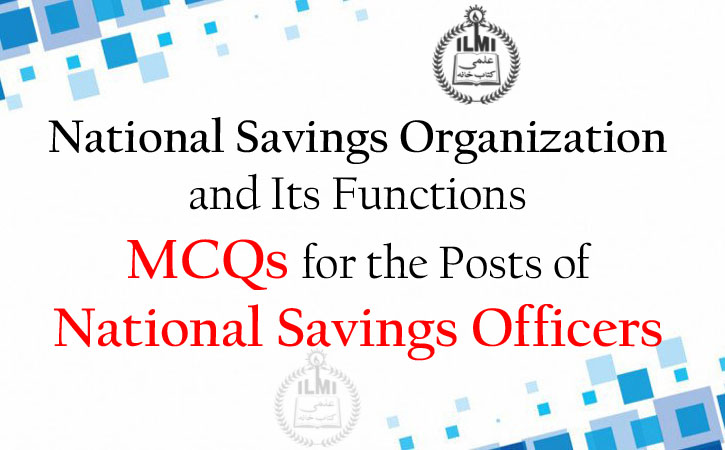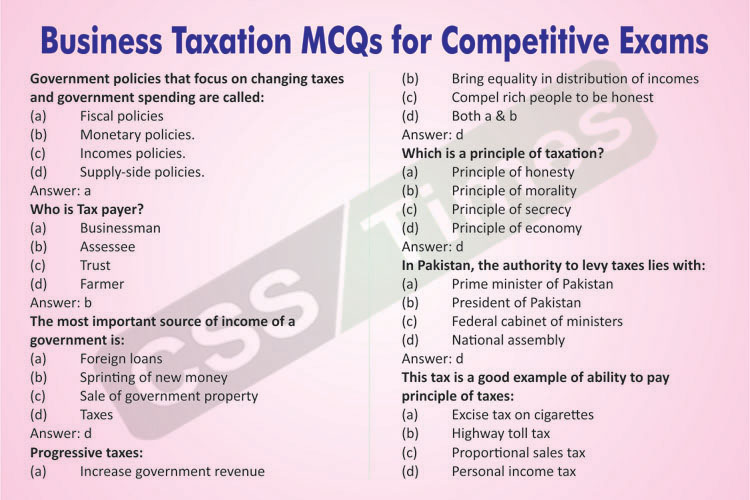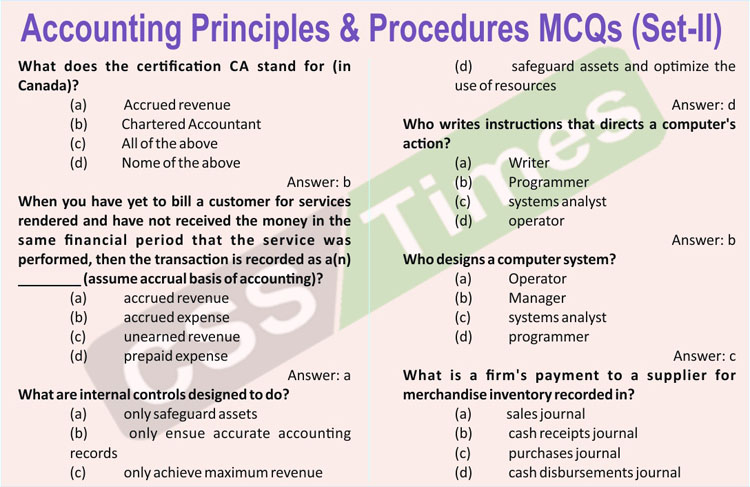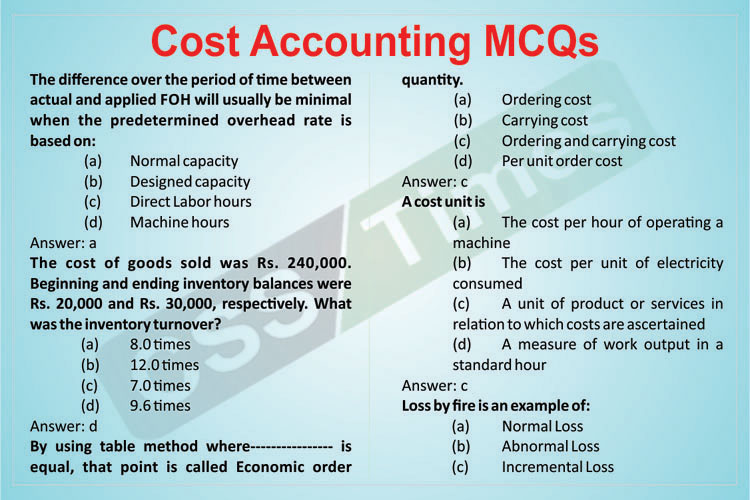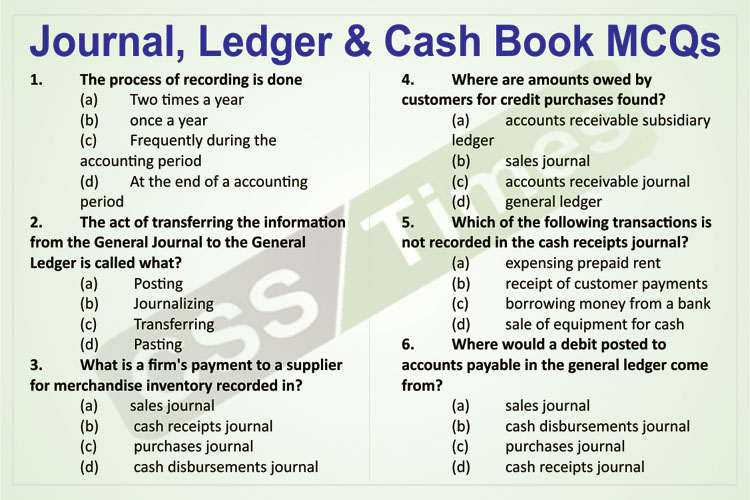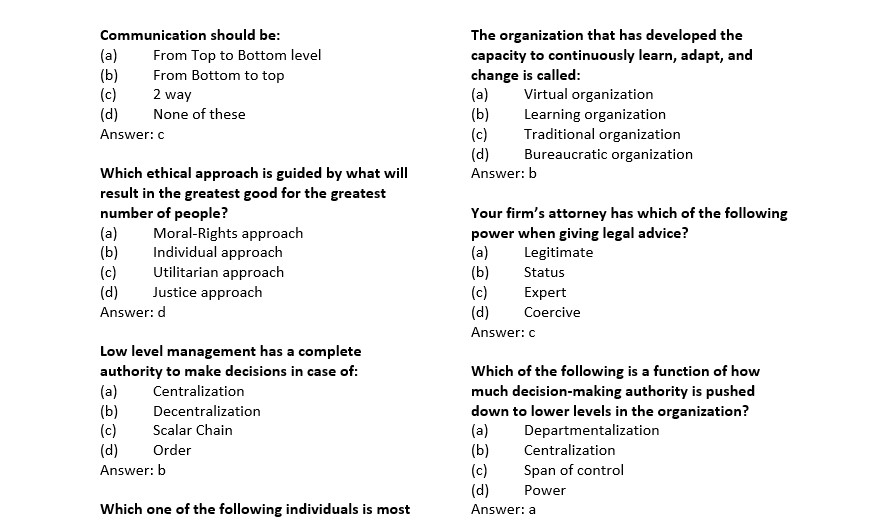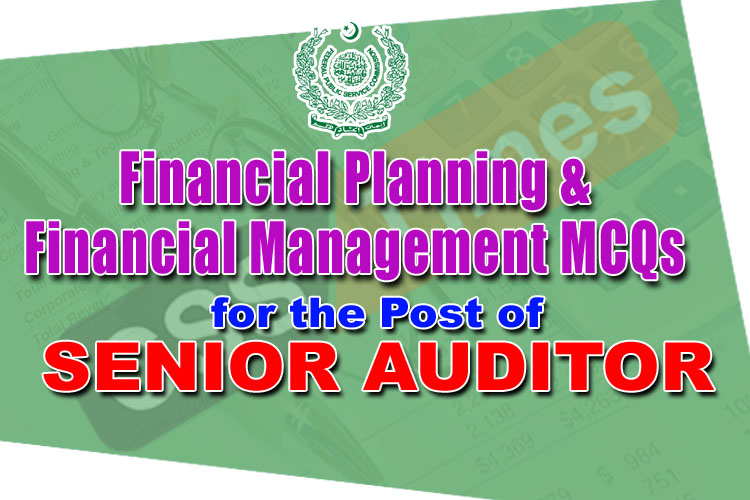Who said “Thrift as a national asset is going to play an important part in the building up of the state. So save and invest in Pakistan saving certificates”?
(a) Quaid-I-Azam, Muhammad Ali Jinnah
(b) Nawab Liaqat Ali Khan
(c) President Sikandar Mirza
(d) None of the above
Answer: a
The history of National Savings Organization dates back to the year
(a) 1871
(b) 1872
(c) 1873
(d) 1876
Answer: c
When the Government Savings Bank Act was promulgated in sub continent?
(a) 1871
(b) 1872
(c) 1873
(d) 1876
Answer: c
